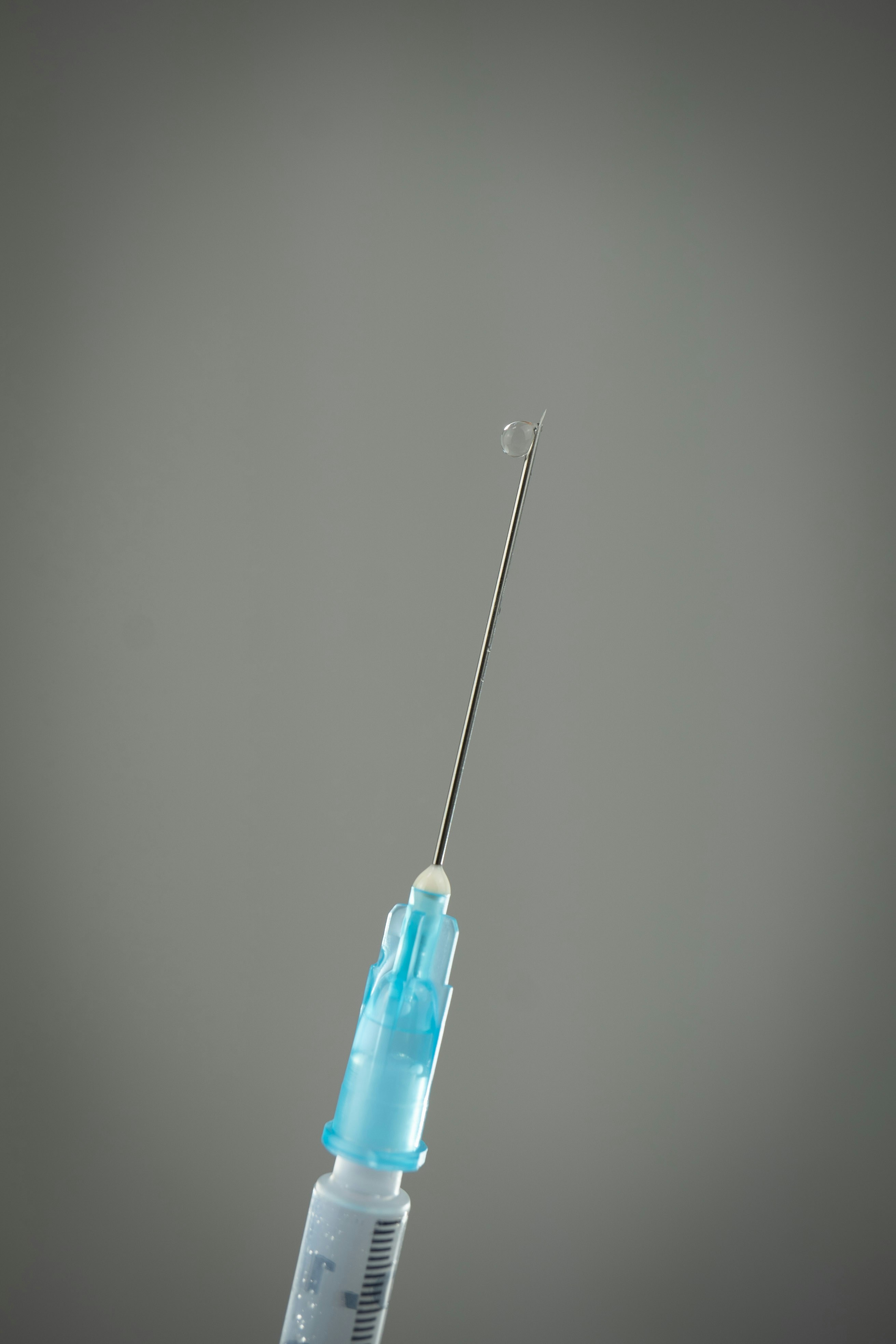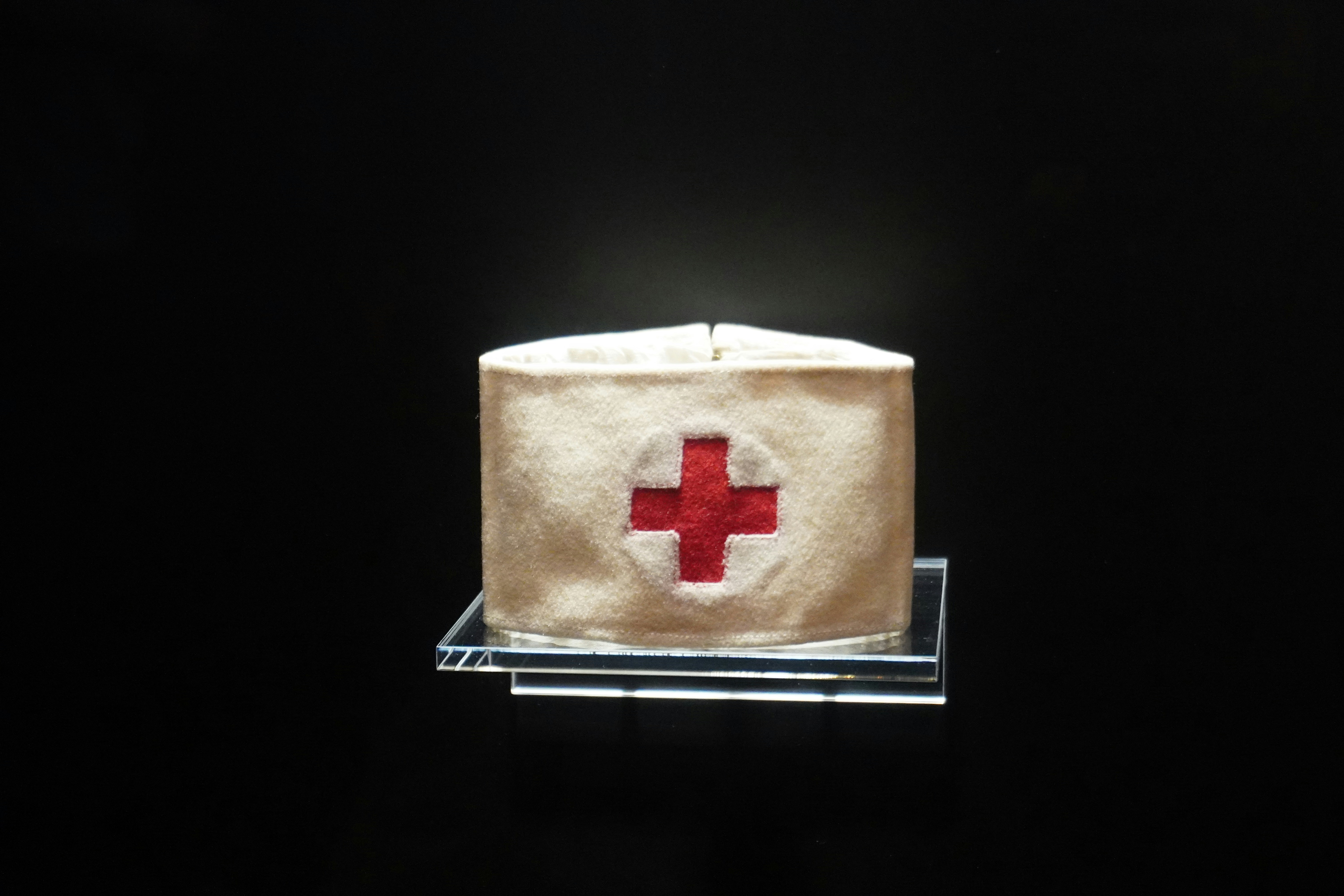

If you believe you may have been exposed to HIV (through unprotected sex, sharing needles, or exposure to infected blood), act immediately:


Tip: Search “HIV testing near me” or contact your national health department for nearby options.
During this period, a person can have HIV and still test negative. Use protection and avoid high-risk behavior until testing is conclusive.